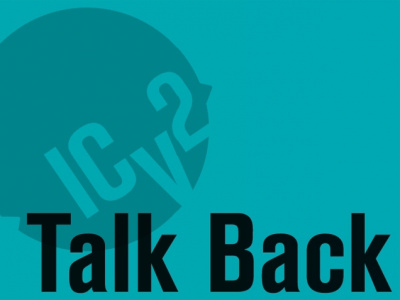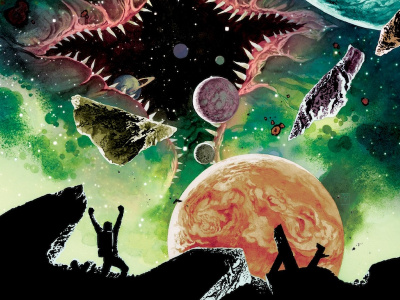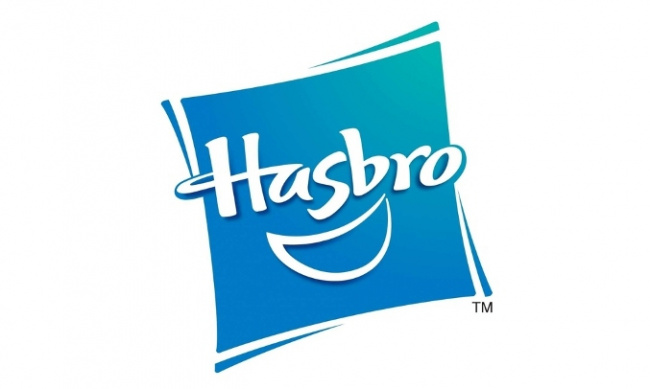One thing is certain, under the leadership of Editor-in-chief Joe Quesada and President Bill Jemas, Marvel has worked hard at improving publishing sales and profits, with some success. The successful launch of the 'Ultimate' series provided entry points for new fans. The Ultimate Marvel Magazine is an attempt to lure mainstream readers into comics with a magazine format product. Marvel has plans to expand into more adult, R-rated content. Meanwhile Marvel's controversial 'no overprinting policy (see, 'Reactions to Marvel's No Overprint Policy') has been seen by some as an attempt to reintroduce the specter of 'collectibility' to the market by creating 'hot' books that are sought after by collectors. Opponents of this strategy stress that the market is turning away from the typical 32-page comic and toward the trade paperback graphic collection -- away from the idea of 'investing' in comics and towards the concept of 'enjoying' comics. Is Marvel fighting a trend here? In contrast to Dark Horse and DC, who provide retailers with an extensive backlist of trades and graphic novels, Marvel's offerings in these formats have been much more limited. Although its ability to execute its strategy is yet to be proven, Marvel is in fact pursuing a two-pronged strategy that includes substantially increasing its output of trade paperbacks and graphic novels as well as trying to imrove sales of its periodical comics.
Historically Marvel has never spent the effort or resources that its competitors did in keeping its trade paperback publications in print. Marvel has also been much less conscious of the repackaging opportunities for its periodical offerings -- eschewing shorter story arcs for more involved, longer storylines that do not repackage as neatly.
A look at the numbers bears out the disparity. In the latest Diamond Previews, DC lists around 650 backlist trade paperback and hardback books (including some prestige format comics that are sold as backlist). Marvel lists around 250. It also seems to us that of those that are offered, Marvel has a lower percentage in stock than DC does. But now Marvel is making an effort to close the book gap by soliciting increasing numbers of books, planning its periodical comics with greater use of story arcs to increase repackaging opportunities; and pledging to keep its key book titles in print. It will be great to see an increase in the number of books available, but although Marvel is soliciting a record number of books for May shipping (12), DC is soliciting even more, so the spread in the number of titles available as backlist is likely to continue.







